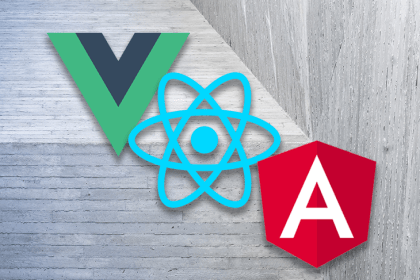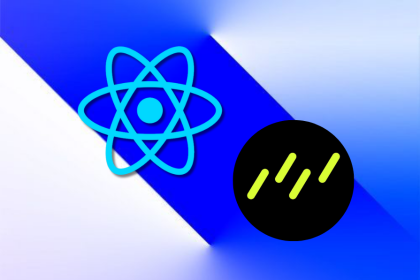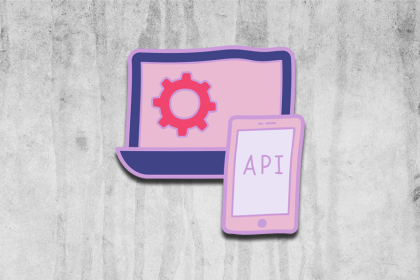
React, Angular, and Vue still lead frontend development, but 2025 performance is shaped by signals, compilers, and hydration. Here’s how they compare.

Learn how to use Drizzle ORM with Expo SQLite in a React Native app, including schema setup, migrations, and type-safe queries powered by TanStack Query.

Explore five bizarre browser APIs that open up opportunities for delightful interfaces, unexpected interactions, and thoughtful accessibility enhancements.

Compare the top AI development tools and models of December 2025. View updated rankings, feature breakdowns, and find the best fit for you.
Would you be interested in joining LogRocket's developer community?
Join LogRocket’s Content Advisory Board. You’ll help inform the type of content we create and get access to exclusive meetups, social accreditation, and swag.
Sign up now
2 Replies to "New in Chrome 76: The frosted glass effect with backdrop-filter"
Instead of writing
@supports (backdrop-filter: none) {
…
backdrop-filter: blur(8px);
…
}
one should be writing
@supports (backdrop-filter: blur(8px)) {
…
backdrop-filter: blur(8px);
…
}
because you’re not in fact interested if the browser supports “backdrop-filter: none”, right?
This is especially important once you realize that the same property (e.g. display) supports values with wide range of support by different UAs.
Hi Mikko,
The idea is to query the support of the property instead of the value. Querying for “backdrop-filter: none” will throw the same true / false result as querying for “backdrop-filter: 8px”, but allow us to change the value in a single place if for whatever reason we decide to do that in the future.
It might not be such a dramatic impact in the small scale, but going with a query for property+value can lead to issues as the codebase grows and we start to have a lot of repetition and forgotten queries that doesn’t really make sense.
Your point is certainly valid for properties such as display or position, but for most others, querying for property instead of property+value is a better approach in my opinion.